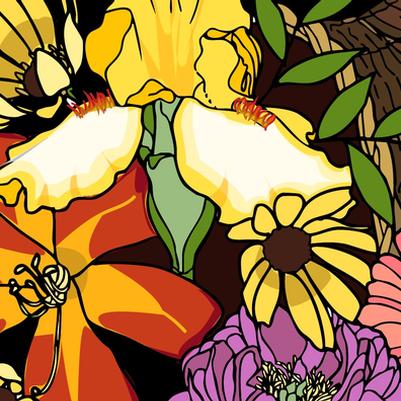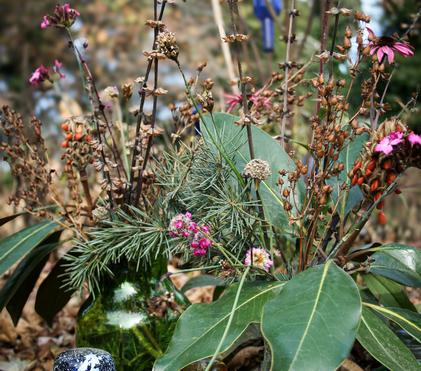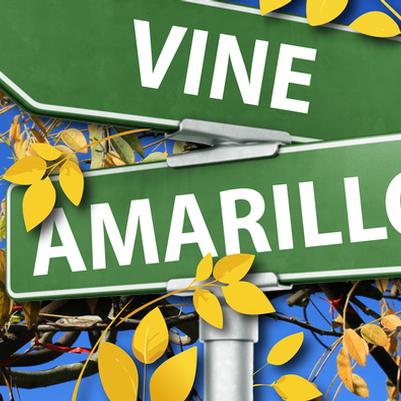Gardens of Gratitude
|
With Thanksgiving upon us, what better time is there than now to explore some flowering friends that have been used to symbolize gratitude since the Victorian era? The language of flowers has long been utilized as a communication tool, helping lovers, friends, and enemies alike to politely let their feelings be known by way of floral and foliar arrangements. Gratitude, alongside love and grief, is a universal emotion often interpreted through the gifting of floral arrangements. While some of the meanings have evolved through time, some historically significant selections of flowers such as small white bellflowers have maintained their original connotations. In Kate Greenaway’s Language of Flowers, the white bellflower simply represents gratitude. You can read through all of the other Victorian-age flower meanings in a PDF version of an original print by clicking HERE. |



